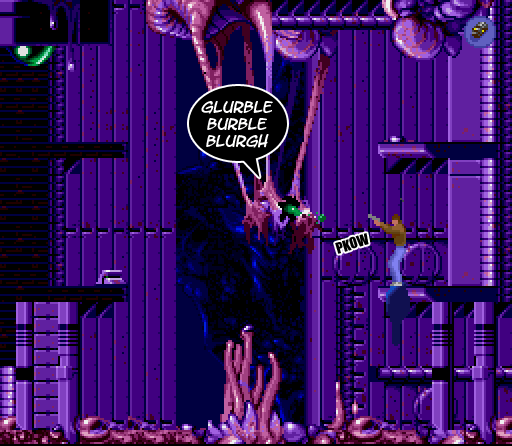
Similarly, NMDAR1-AB did not alter white matter inflammation in Cnp knockout mice but exacerbated the behavioral pathology. Consistent with NMDAR antagonism, the presence of NMDAR1-AB exacerbated hyperlocomotion, a psychosis-like readout, in DTA mice without add-on effects on neuroinflammation. In summary, DTA mice, independent of NMDAR1-AB, displayed key aspects of the anti-NMDAR encephalitis, namely (1) acute onset, (2) neuroinflammation in gray matter regions, prominently but not exclusively affecting the hippocampus, (3) blood-brain barrier impairment, and (4) pronounced learning/memory deficits. Lastly, a replication study of a previously published immunization protocol was conducted with the aim to investigate the pathogenesis of anti-NMDAR encephalitis in wildtype mice. In addition, effects of NMDAR1-AB on white matter inflammation were investigated in Cnp knockout mice. This was achieved by combining a standardized spatiotemporally defined gray matter inflammation mouse model (‘DTA’ mice), which was deeper characterized as part of this thesis, with a previously established immunization against a cocktail of extracellular GluN1-specific peptides that induces functional NMDAR1-AB expression. To systematically disentangle the relative contribution of NMDAR1-AB from neuroinflammatory and neurodegenerative processes of encephalitides, core features of the anti-NMDAR encephalitis were modeled in mice.

However, the pathophysiological role of NMDAR1-AB in neuroinflammatory contexts has, so far, not been formally differentiated from the underlying pathomechanism(s) and previously established NMDARE-related animal models lack the neuroinflammatory component of the disease. On a theoretical basis, the presence of NMDAR1-AB could contribute to the psychopathological phenotype of NMDARE patients and explain why psychoses and behavioral alterations are more frequent in NMDARE as compared to other encephalitides. The associated NMDAR1-AB bind and cross-link surface N-methyl-D-aspartate receptors (NMDAR), resulting in NMDAR internalization and hypofunction. It manifests with a heterogeneous clinical disease course and is diagnosed based on the presence of NMDAR1-autoantibodies (NMDAR1-AB) of the IgG class in patients’ cerebrospinal fluid. The anti-NMDAR encephalitis (NMDARE) is an autoimmune condition with so far unclear etiology and pathogenesis. In this fundamental regulatory circle, neuronal networks, challenged by motor-cognitive tasks, drift into transient ‘functional hypoxia’, thereby triggering neuronal EPO/EPOR expression. Here we delineate the brain EPO circle as working model explaining adaptive ‘brain hardware upgrade’ and improved performance.

This novel mechanism of powerful postnatal neurogenesis, outside the classical neurogenic niches, and on-demand delivery of new cells, paralleled by dendritic spine increase, let us hypothesize a physiological procognitive role of hypoxia-induced endogenous EPO in brain, which we imitate by rhEPO treatment.

These processes depend on neuronal and microglial EPOR. In parallel, EPO reduces microglia numbers and dampens their activity and metabolism as prerequisites for undisturbed EPO-driven differentiation of pre-existing local neuronal precursors. The ‘brain hardware upgrade’, underlying these observations, includes an EPO induced ~20% increase in pyramidal neurons and oligodendrocytes in cornu ammonis hippocampi in the absence of elevated DNA synthesis. Correspondingly, rhEPO treatment of young rodents or EPO receptor (EPOR) overexpression in pyramidal neurons caused remarkable and enduring cognitive improvement, together with enhanced hippocampal long-term potentiation. In clinical studies on different patient groups, recombinant human (rh) erythropoietin (EPO) lastingly improved higher cognition and reduced brain matter loss. Executive functions, learning, attention, and processing speed are imperative facets of cognitive performance, affected in neuropsychiatric disorders.


 0 kommentar(er)
0 kommentar(er)
